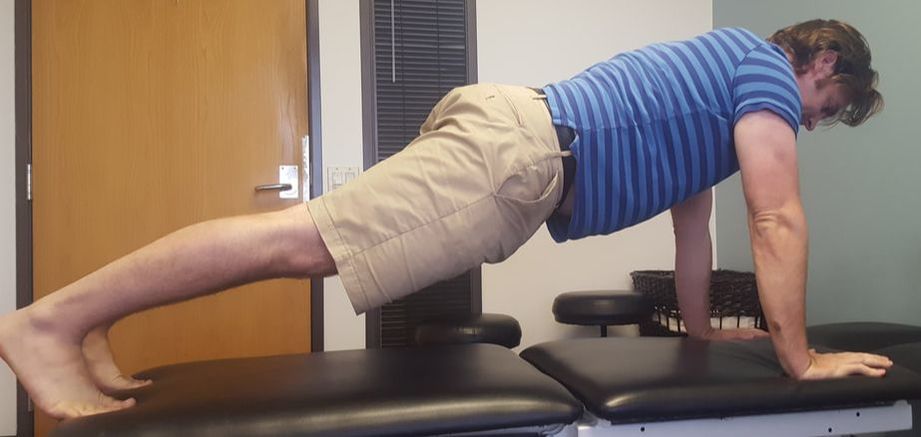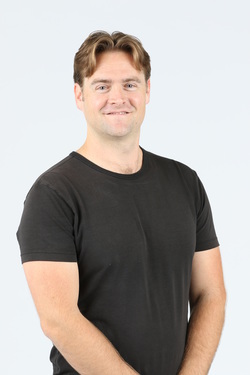Most of us know that we should be doing some form of stability work for the spine so as to prevent low back pain, but stability work can be absolutely overwhelming. There are simply far too many exercises out there, and even if you do some of these exercises, you'll probably be told that you're doing them 'wrong.' For every exercise guru there is another (and absolutely critical) way that stability exercises are supposed to be done. "Flatten your stomach - but don't use your obliques!" "Breathe from the diaphragm - no, not that diaphragm, the other diaphragm!" "Don't let you pelvis move - but don't hold it rigid!" The list of commonly heard comments from exercise gurus could fill pages. It overwhelms anyone hoping to have better stability - no one except the gurus think they're doing it right.
In order to cut through the clutter, I ask people to focus almost exclusively on one stability exercise: planks. A plank is when you hold your trunk up and reasonably straight, while gravity is trying to pull it down. The standard plank is to assume the starting position for a push-up and to simply hold this position. Hold your trunk straight as you do this: don't lift your butt in the air.
Another great thing about planks is that they are modifiable for everyone. If you aren't strong enough to do standard planks, then you can start with your hands on the wall and slowly work your way lower and lower. If you are too strong for standard planks, then you can elevate your feet. And everyone can slowly work their way from standard planks to doing one-legged, then one-armed, and finally one-legged, one-armed planks.
If you can do a 60-sec one-legged, one-armed plank (30-sec on each side), then you have excellent 'core' stability and really don't need to focus on stability anymore - just maintain your current abilities. That's yet another great thing about planks: they have a reasonable endpoint. Don't get caught in the trap of thinking that if a 60-sec plank is good, then a 5-min plank must be even better. Just get to the 60-sec plank and feel confident in your abilities. If your low back gets hurt, and you weren't doing something really crazy, then you didn't get hurt because you didn't have enough stability. Something else was the cause.
I encourage everyone to simplify spinal stability by focusing on planks. The following video walks you through my basic plan for planks. In my March 14th, 2018 seminar How to Rejuvenate the Body, I'll be covering planks and other key exercises that will simplify the world of exercise. Register here.


 RSS Feed
RSS Feed
